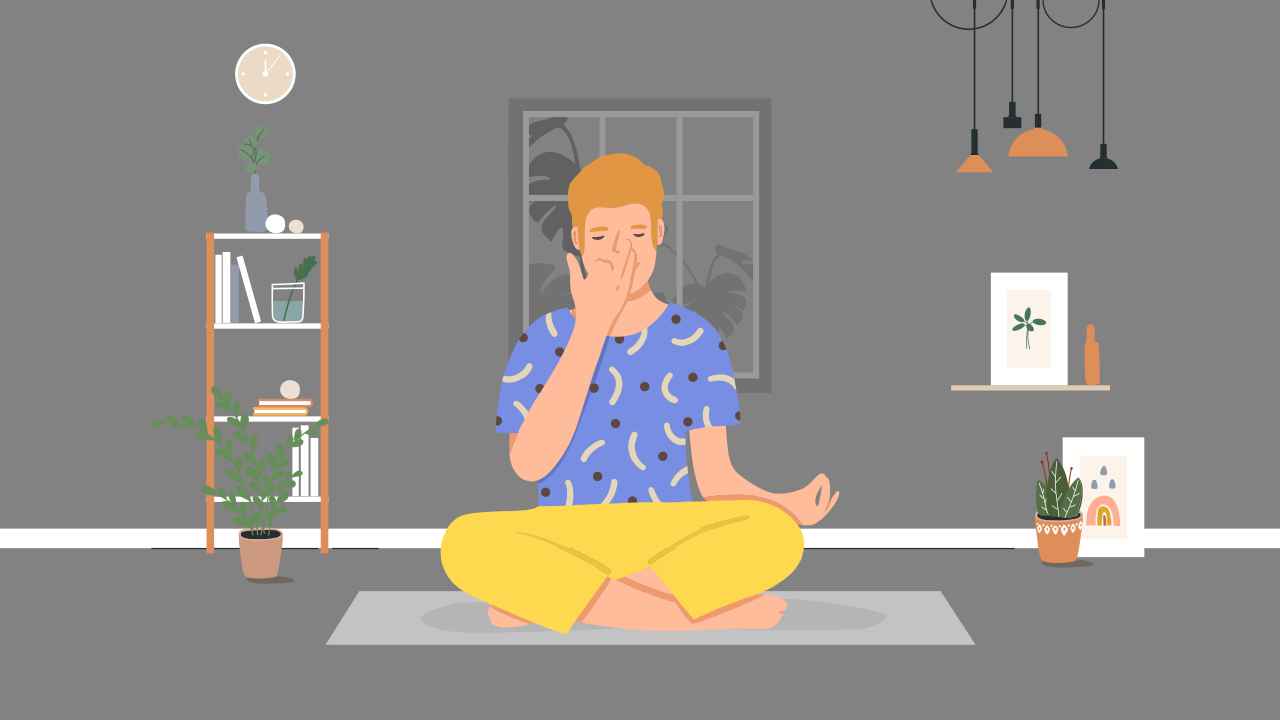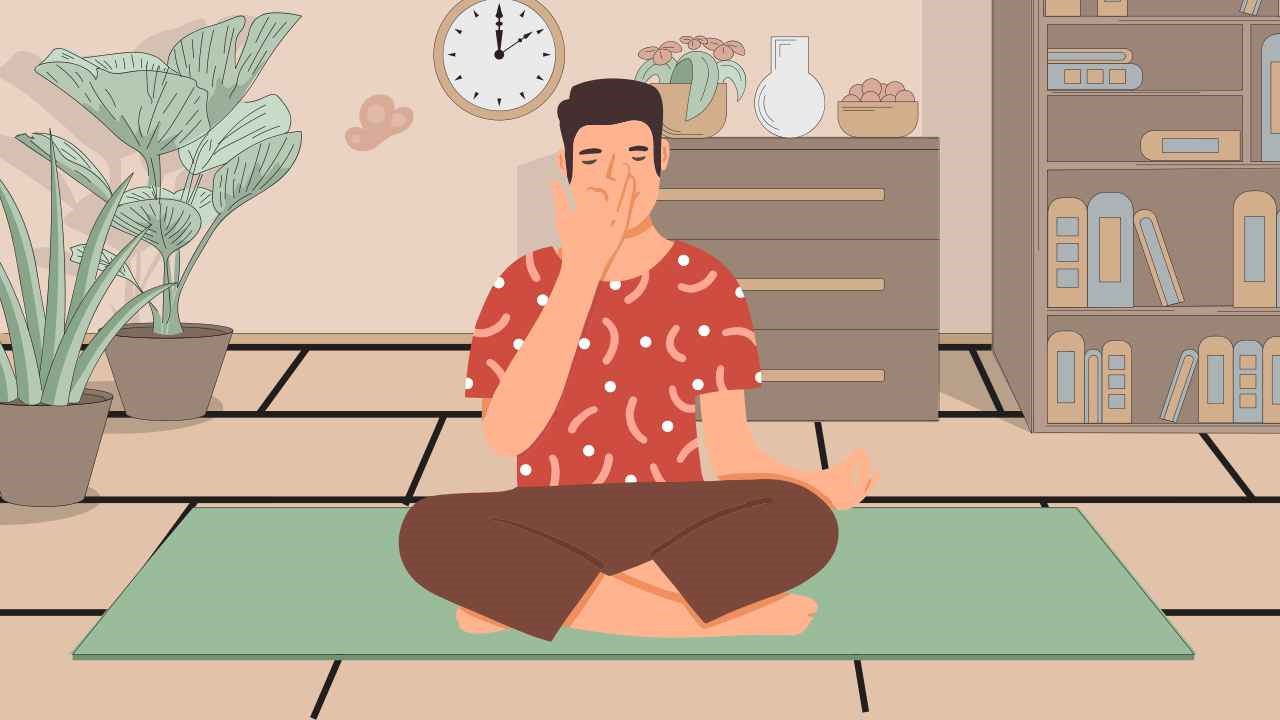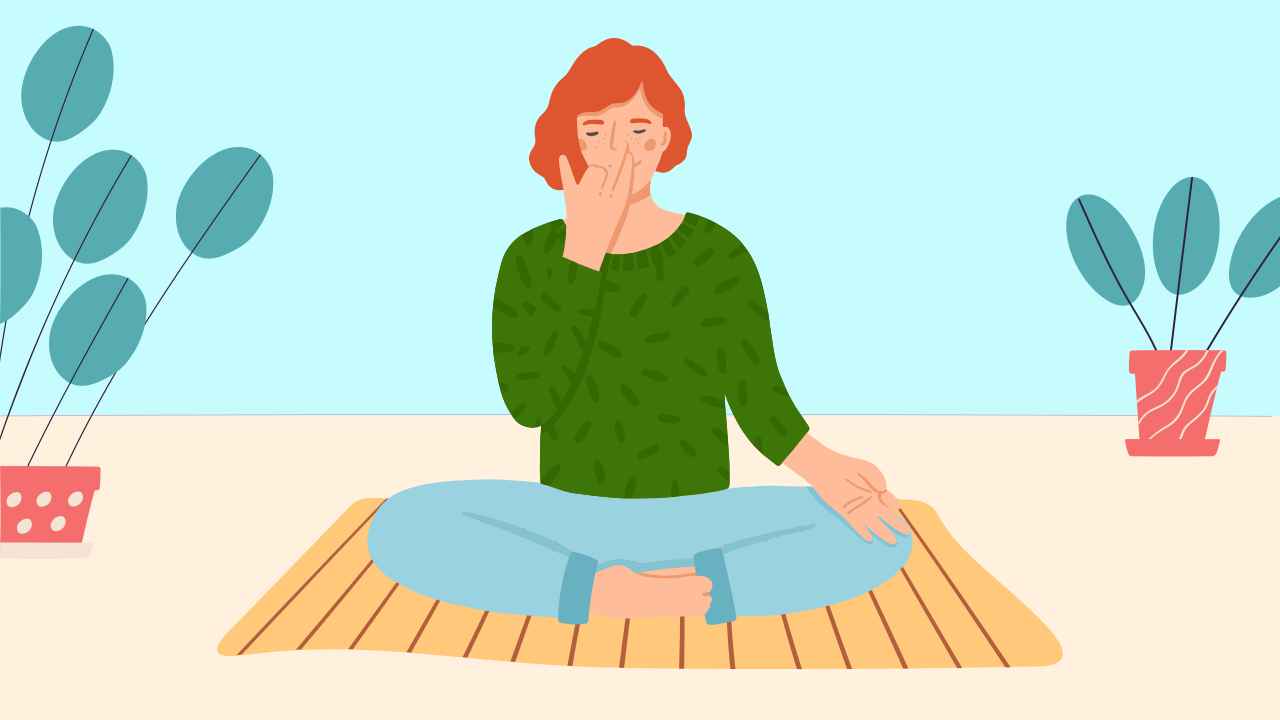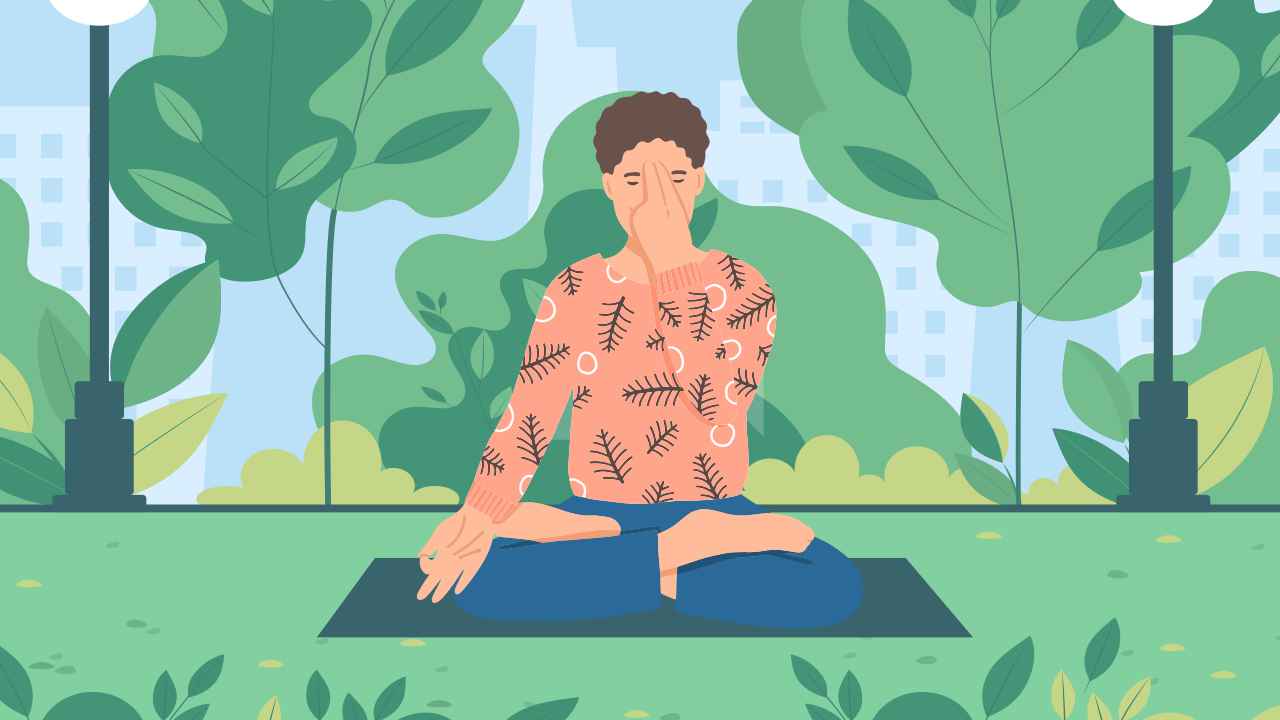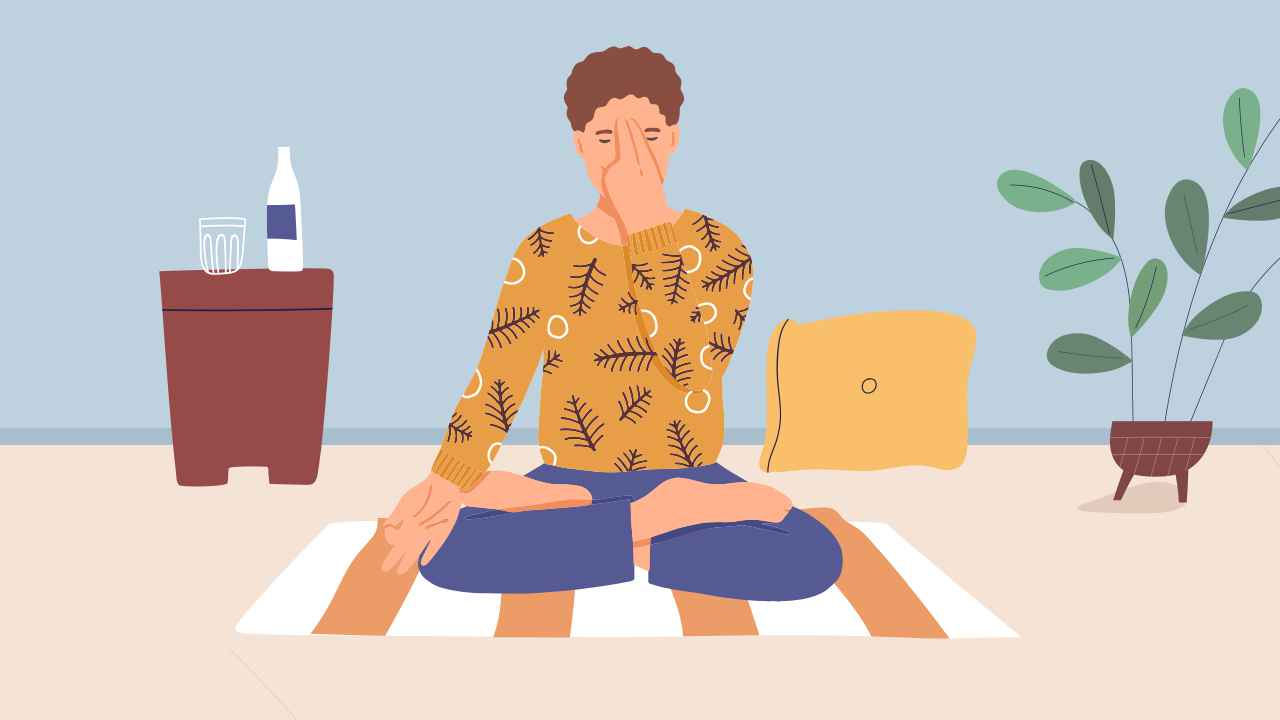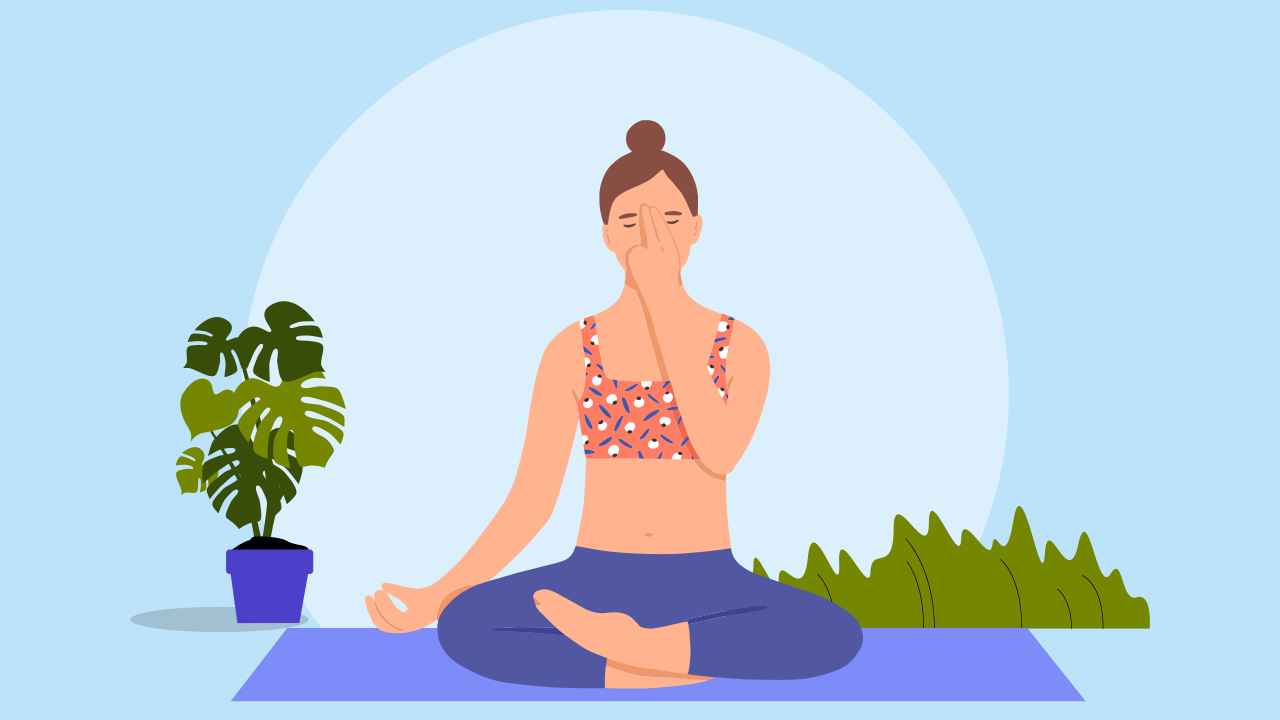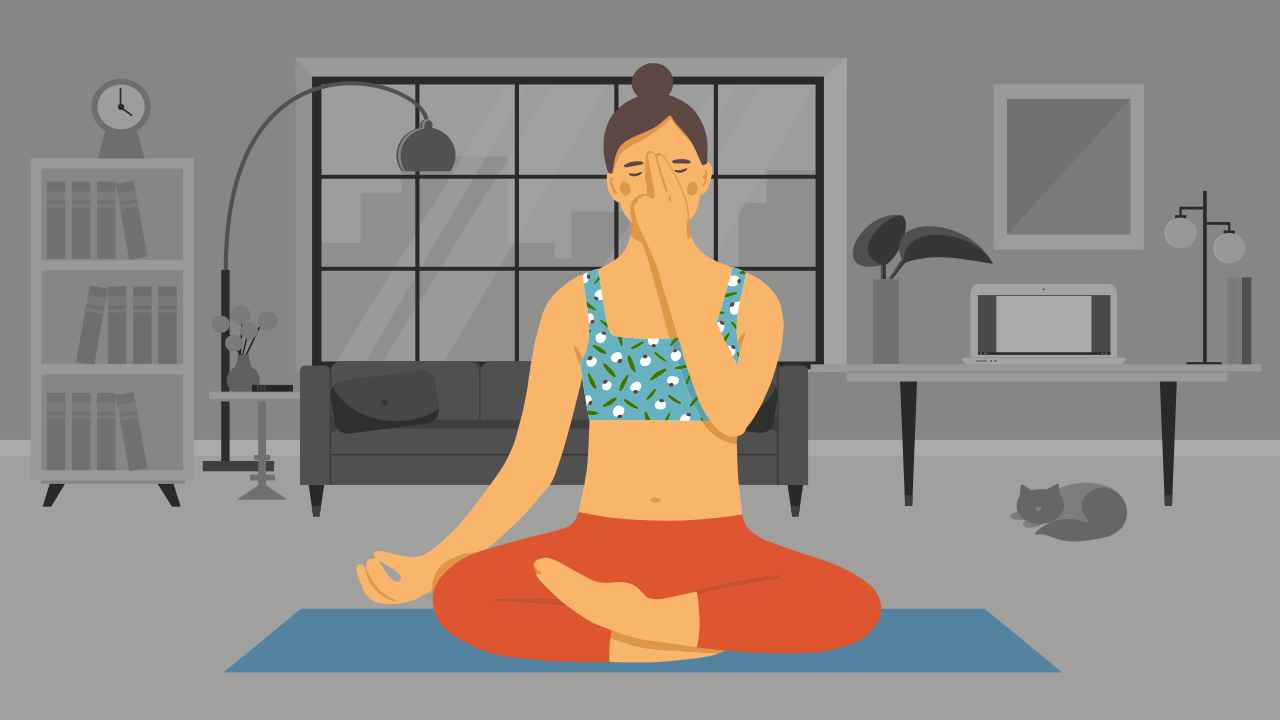
Yogic Breathing: How Should You Breathe During Yoga
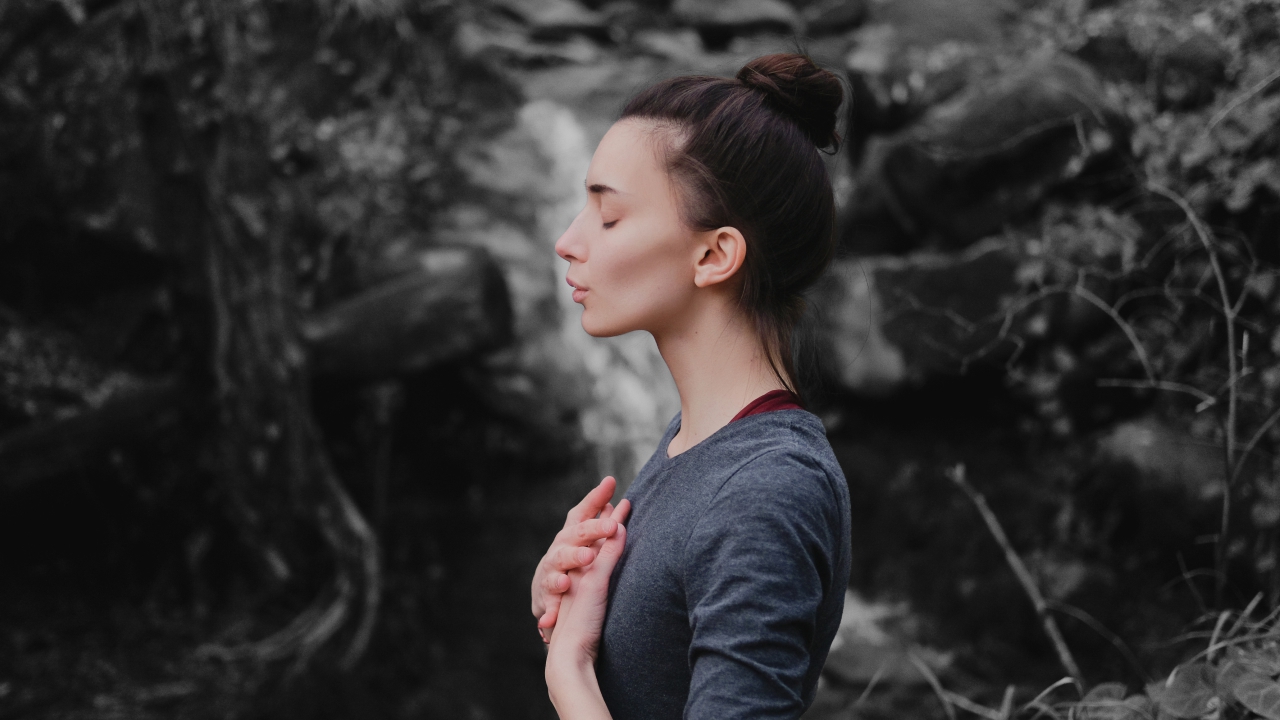
Breathing comes to us organically, but the simple act of inhaling and exhaling can become difficult while holding a yoga pose. The practice of yoga introduces you to the concept of mindful breathing. You learn to follow a breathing pattern when doing asanas, but this takes time. Very often, you might end up holding your breath while holding a pose. That is improper breathing, and such patterns can cause dizziness, headaches, fatigue, and poor posture. Therefore, how you breathe during yoga is key for good practice and optimum performance.
The manner in which you breathe affects your emotional and mental well-being, hormonal balance, and functioning of the nervous system. It relieves muscle tension and improves the overall functioning of your body and mind. Breathing consciously taps into the parasympathetic or relaxation response of the autonomic nervous system, thus inducing a restful state of mind even as the body moves through various challenges. In yoga, you breathe in and out while transitioning between postures allowing your breath to direct the movement.
Incorrect breathing
An ideal yogic breath is quiet, calm, diaphragmatic, and preferably through the nose. The challenge is to maintain this steadiness of breath throughout your practice. Most beginners end up doing one of these:
Breathing quickly: This is when the breathing is jerky either during inhalation or exhalation. This type of irregular breathing might result in hyperventilation — an imbalance of oxygen and carbon dioxide in the body.
Taking shallow breaths: Here, the diaphragm is restricted and the breath becomes shallow. It gets confined to the chest region and can result in physiological symptoms of stress and anxiety.
Holding your breath: Holding your breath after an inhalation or exhalation is a common response to stress. It increases carbon dioxide levels in the body, leading to chemical imbalances.
Inhaling and exhaling at incorrect times: While performing asanas, you inhale as you lift, stretch, or bend backward from your upper body, and exhale during twists or forward-folds. Breathing otherwise might cause a strain on the respiratory system.
How to breathe right
In yoga, the emphasis is on the “quality” of breath as it directly impacts the state of your mind. The flow of your breath while performing asanas should be continuous and uninterrupted. This manner of interconnected breaths ensures that there are no pauses between inhalation or exhalation.
Yoga practitioners aim to avoid any habitual pause in their breathing pattern. Diaphragmatic or abdominal breathing acts as a tool to create this even, rhythmic, and steady pattern by using the belly as the focal point. In diaphragmatic breathing, your lower belly swells during every inhalation and relaxes with each exhalation.
Follow this pattern
- Sit in an upright position with your spine in its natural curvature
- Inhale through your nostril for a count of two
- Exhale for a count of two
Your breaths should be smooth and merge into one another. You can begin with a 2:2 and slowly advance to a ratio of 4:4. This is the pace, speed, and rate at which you should be breathing even while performing asanas.
Also read: Basics of Yoga: Dos and Don’ts You Should Follow
Alternative breathing techniques
A calm and rhythmic breathing pattern conserves your vital energy and keeps your mind and body relaxed even during intensive physical practice. Some popular breathing techniques are:
Ujjayi Pranayama
Ujjayi or the Victorious Breath is a common technique in Ashtanga yoga. Here, you slightly constrict the back of your throat muscles with every inhalation and exhalation, thereby creating a sound like that of waves. Both exhalation and inhalation are done through the nose. An easier way of breathing using this technique is by touching the hard palate of your mouth with the tip of the tongue while breathing in and out. This allows the smooth inflow and outflow of air.
The practice of Ujjayi is said to eradicate inefficient breathing patterns, improve the overall quality of breath, and keep the mind focused in the moment.
Dirgha Pranayama
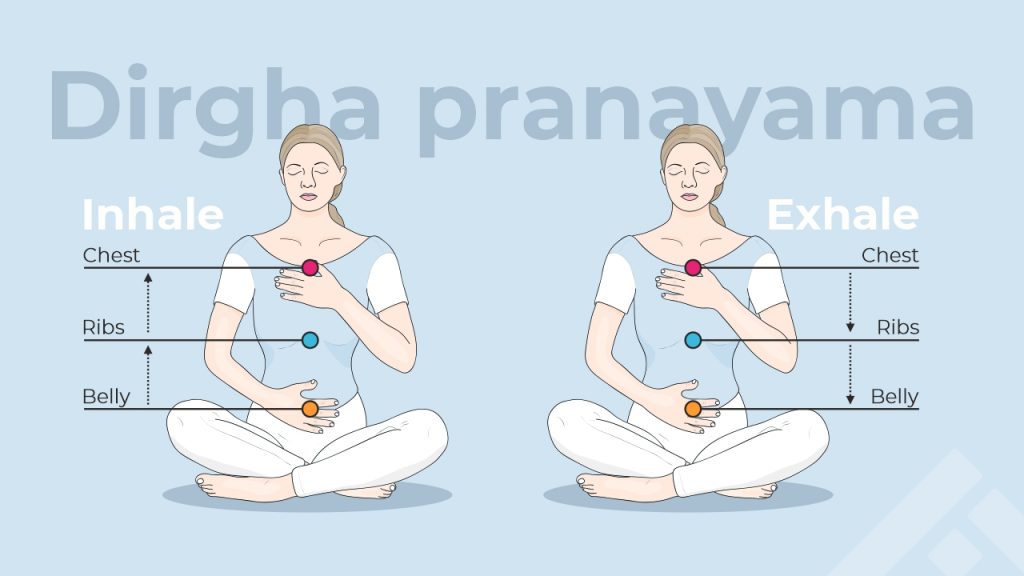
Dirgha pranayama or three-part breath is highly recommended for beginners. It is one of the most calming and grounding exercises, which focuses your attention on the physical sensations in the body and makes you aware of the present.
Follow this pattern
- Inhale through your nose, imagine filling your belly, the sides of your ribs, lungs, and collar bones with your breath.
- Gently exhale through your nose. Releasing the air from the belly first, then ribs and lungs.
This practice enables the breath to move through all major parts of the upper body, thus relaxing the entire body during the practice of asanas.
As every yoga practitioner knows, breath is more than just a physiological response. Breathing right helps you connect with your inner self and push aside the external clutter and chaos.
References
1. Due R. 5 Tips on How to Breathe Effectively During Your Yoga Practice. Yogiapproved.com. https://www.yogiapproved.com/yoga/5-tips-on-how-to-breathe-effectively-during-your-yoga-practice/ (accessed Feb 23, 2021).
2. Saxena S. How to Breathe Correctly During Yoga: A Step-by-Step Guide. NDTV Food. https://food.ndtv.com/health/how-to-breath-correctly-during-yoga-a-step-by-step-guide-1421497 (accessed Feb 23, 2021).
3. How To Breathe While Doing Yoga – How Do I Inhale & Exhale In Yoga. Yoga Chapter. https://yogachapter.com/how-to-breathe-while-doing-yoga/ (accessed Feb 23, 2021).
4. Grady M. Are You Holding Your Breath? Here’s How (and Why) to Stop Pausing. Yoga International. https://yogainternational.com/article/view/are-you-holding-your-breath-heres-how-and-why-to-stop-pausing (accessed Feb 23, 2021).
5. This Is How Your Breath Impacts Your Nervous System (And Emotions). Motherhood Community. https://motherhoodcommunity.com/this-is-how-your-breath-impacts-your-nervous-system-and-emotions/ (accessed Feb 23, 2021).
6. Jerath R, Edry JW, Barnes VA, et al. Physiology of Long Pranayamic Breathing: Neural Respiratory Elements may Provide a Mechanism that Explains How Slow Deep Breathing Shifts the Autonomic Nervous System. Journal of Yoga & Physical Therapy 2016; 6: 3.
7. Kekre A. The link between Breath and Nervous System – Foundation of Pranayama. Yogchikitsa.com. 2020; published online Feb 5. https://yogchikitsa.com/link-between-breath-mind-nervous-system-pranayama/ (accessed Feb 23, 2021).
8. Breath, brain and state of mind- The Science of Yogic breathing. Australian Yoga Life. 2019; published online Mar 21. https://ayl.com.au/practices/breathe-brain-and-state-of-mind-the-science-of-yogic-breathing/ (accessed Feb 23, 2021).
9. Bullock G. What Focusing on the Breath Does to Your Brain. The Greater Good Science Center, University of California, Berkeley. 2019; published online Oct 21. https://greatergood.berkeley.edu/article/item/what_focusing_on_the_breath_does_to_your_brain (accessed Feb 23, 2021).


